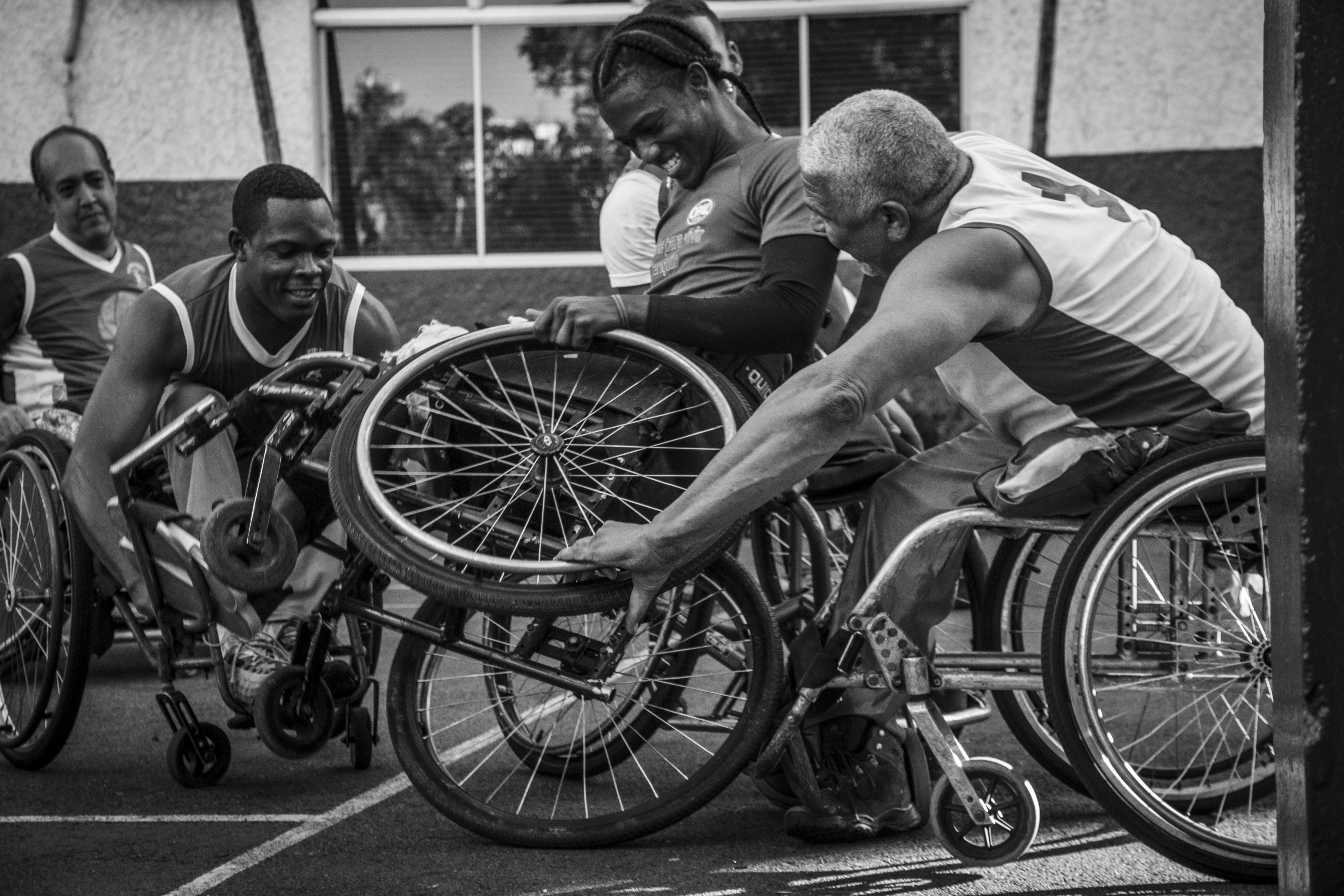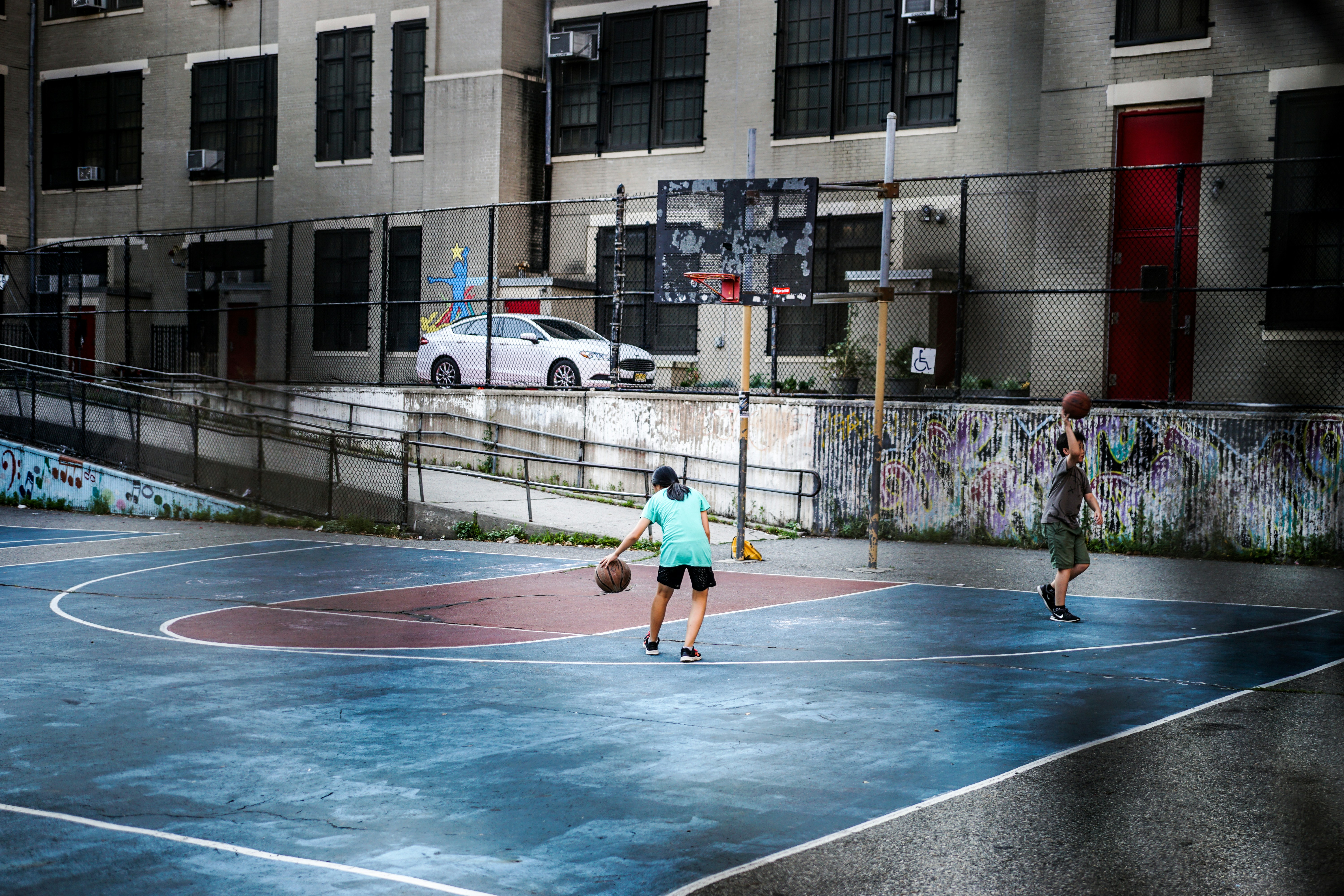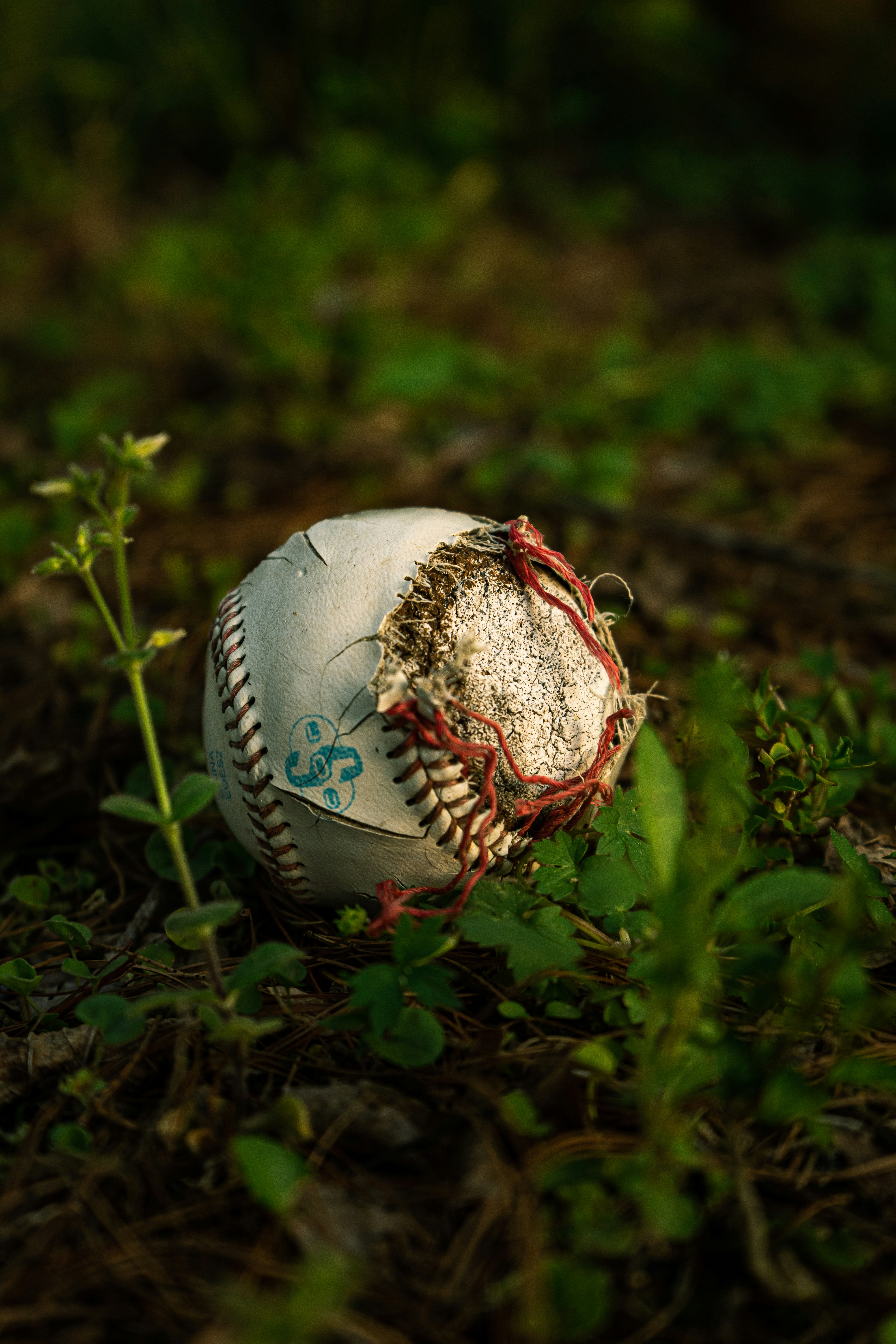The Impact of Urban Green Spaces on Youth Sports: Are We Doing Enough?
In an age where technology dominates our lives, many forget the foundational role that environment plays in our physical development, especially for young athletes. As parents and coaches, we should delve deeper into how urban green spaces impact youth sports participation. While flashy sports gear and high-tech training regimens have their place, it’s essential to recognize that where we practice matters just as much as how we practice. Examining the interaction between urban green spaces and athletic development not only tells us about young athletes' current landscape but also sheds light on how we can enhance their experience in sports.
Urban Green Spaces: A Breathing Ground for Future Champions

Urban green spaces encompass parks, community gardens, and recreational fields, serving as essential gathering hubs for youth sports participation. A study by the Centers for Disease Control and Prevention (CDC) revealed that children living near parks are more likely to engage in physical activities. Just think about it: when children have safe, appealing spaces to play, they're more inclined to run, jump, and kick a ball.
Access to well-maintained community parks has become even more crucial, especially in urban areas where concrete and asphalt dominate. In cities where green spaces are abundant, youth participation in sports often thrives. A noteworthy case is the initiative by New York City’s Parks and Recreation department, which reported that neighborhoods with higher access to parks saw a significant rise in youth-oriented sports programs.
The Benefits of Green Spaces on Youth Development

The relationship between physical environments and youth sports goes beyond mere access. Research shows that urban green spaces provide a sense of security and belonging, encouraging kids to engage in athletic pursuits. They offer opportunities for social interactions, teamwork, and developing friendships that extend beyond just games.
Moreover, these spaces have a profound influence on mental health. Studies, such as those published in the Journal of Environmental Psychology, have shown that children who play in parks are happier and less stressed. This psychological boost can lead to improved athletic performance and greater willingness to participate in competitive sports.
Pitfalls of Poor Urban Planning

Yet, not all urban areas are blessed with sufficient green spaces. The consequence of inadequate urban planning often translates into limited opportunities for youth sports participation. Areas that lack accessible parks see declines in physical activity and increased obesity rates among children. A study conducted by researchers at Harvard found that neighborhoods categorized as "food deserts"—having limited access to healthy food options—also struggled with high rates of youth obesity and low sports participation.
In these areas, children often resort to sedentary lifestyles dominated by screens. This reality showcases the urgent need for policymakers and community leaders to prioritize the creation and maintenance of urban green spaces.
The Influence of Local Communities

Community engagement is another critical factor in promoting youth sports participation. Urban green spaces can serve as platforms for local sports leagues, summer camps, and after-school programs. When communities invest time and effort into utilizing these parks for youth sports, the benefits multiply. They foster a sense of ownership among residents, leading to lower vandalism rates and a greater abundance of volunteers.
For example, cities like Houston, Texas, have seen remarkable improvement in youth sports involvement after implementing community-led initiatives in local parks. These programs often include coaching clinics, equipment donations, and sports education workshops, bridging the gap between access and actual participation. Such initiatives cultivate talent and nurture a love for sports in a conducive environment.
How Do Sports Organizations Contribute?

Various sports organizations recognize the symbiotic relationship between urban green spaces and youth athletic participation. Initiatives like the NFL’s PLAY 60 campaign aim to inspire and empower communities to promote physical activity through organized sports. By partnering with local governments and community agencies, they’re facilitating the improvement and maintenance of public green spaces.
Furthermore, increasingly sophisticated strategies employing sports analytics are being utilized. With the rise of sports analytics, organizations are collecting data about youth participation trends. Understanding how various factors—including access to green spaces—influence sports engagement helps in tailoring programs to meet community needs effectively.
Environmental Influences on Athletic Development

The environment isn't just about access; it's also about the type of environment we cultivate. Exposure to natural surroundings enhances overall athletic development. Natural environments encourage a range of skills, from agility and coordination to spatial awareness. Learning to navigate uneven terrains, manage contact with other players, and adapt to weather conditions builds resilience and adaptability—valuable traits for any athlete.
Additionally, there's a sensory engagement with nature that can heighten athletic performances. The sounds of birds, the feel of grass underfoot, and the sight of expansive skies contribute to an immersive experience that's hard to replicate indoors.
According to research published in Environmental Science & Technology, kids exposed to natural environments may display higher attentional recovery and improved cognitive performance, both crucial for athletic training.
Systemic Changes for Enhanced Participation

Addressing youth sports participation issues involves a holistic approach. It’s about all stakeholders working together. Schools, community organizations, local governments, and families need to advocate for the development and maintenance of urban green spaces. Fundraising efforts, collaborative grants, and grassroots movements can create a positive feedback loop—investing in community health leads to more youth involvement in sports, which, in turn, leads to healthier future generations.
Further, a systemic focus on inclusivity ensures that access to these spaces serves diverse populations. Efforts to tear down barriers—financial, physical, or social—encountering varied challenges can help every child find their footing in sports.
The Role of Technology and Innovation

In our high-tech world, smart solutions can also help. The integration of play-friendly technologies into urban planning can enhance the experience in green spaces. For instance, incorporating fitness apps that guide children in park-based workouts or gamifying the experience can motivate them to be more active. By interweaving technology with traditional play, we can appeal to youth in ways that resonate with their current preferences.
Moreover, embracing tools like biofeedback technology can empower youth athletes to track their performance and set personal goals, enhancing their commitment and dedication to sports.
Making a Case for Policy Reform

An important aspect of fostering youth sports participation lies in influencing policy reform. Investing in urban green spaces should become an integral part of city and regional planning initiatives. Lobbying local governments to consider the implications of green space availability when drafting budgets can lead to meaningful changes.
By establishing collaborative partnerships with organizations focused on environmental sustainability and community health, we can create a united front advocating for greener, healthier cities.
The Future of Urban Sports: A Collective Responsibility

As we look toward the future, it’s clear that nurturing youth sports participation requires a collective effort. Every stakeholder—from city planners to everyday citizens—must realize their role in shaping the environments where children grow, play, and thrive.
By prioritizing urban green spaces, we’re not just developing athletes; we’re supporting well-rounded individuals capable of overcoming life’s obstacles. When children learn the benefits of physical activity in safe, nurturing environments, they develop the skills necessary both for sports and for life.
Next Steps: Creating Change Together

So, what can you do? First, get involved! Join local advocacy groups focused on enhancing urban green spaces or youth sports. Speak to your local representatives about the importance of recreation and exposure to nature in developmental stages. Encourage schools to utilize parks for physical education, or volunteer to coach a team in your neighborhood.
Every action, no matter how small, sends ripples through the community. Let's work together to transform our cities into thriving environments where every child has the opportunity to flourish in sports. When we prioritize urban green spaces, we fundamentally redefine what it means to be active—ushering in a healthier, more vibrant generation.



